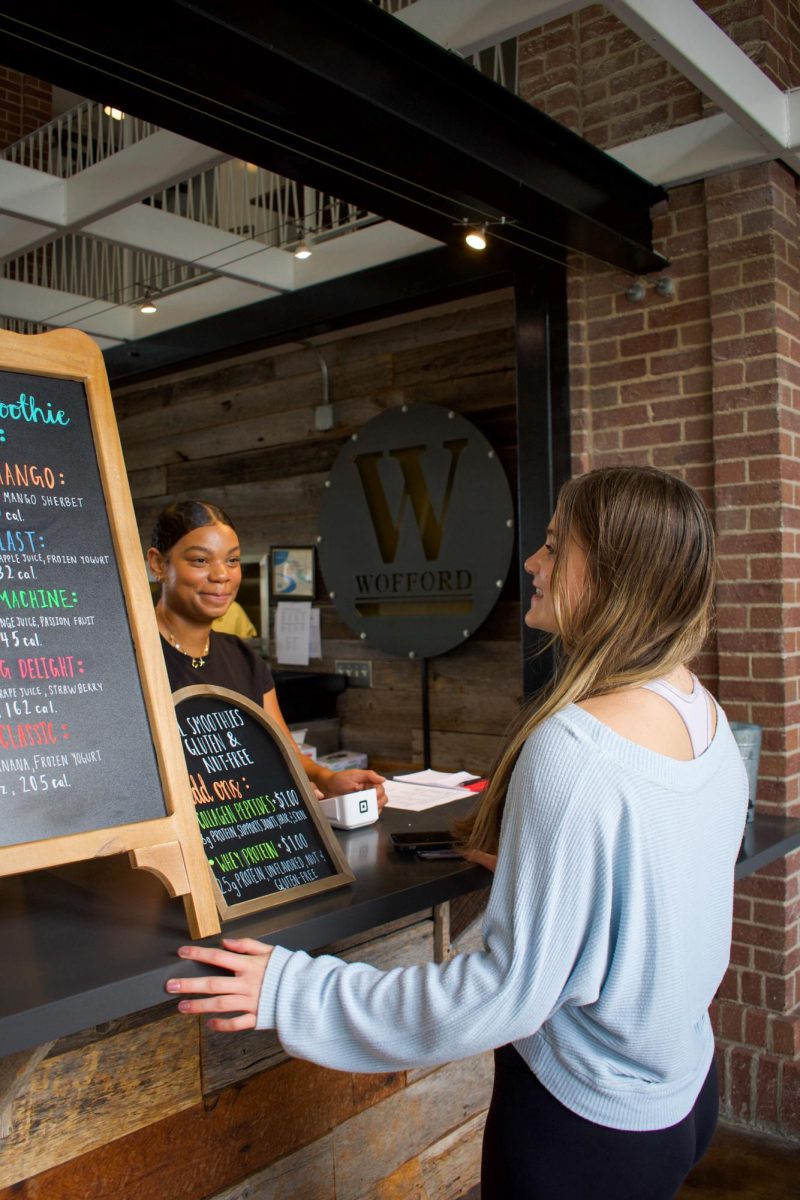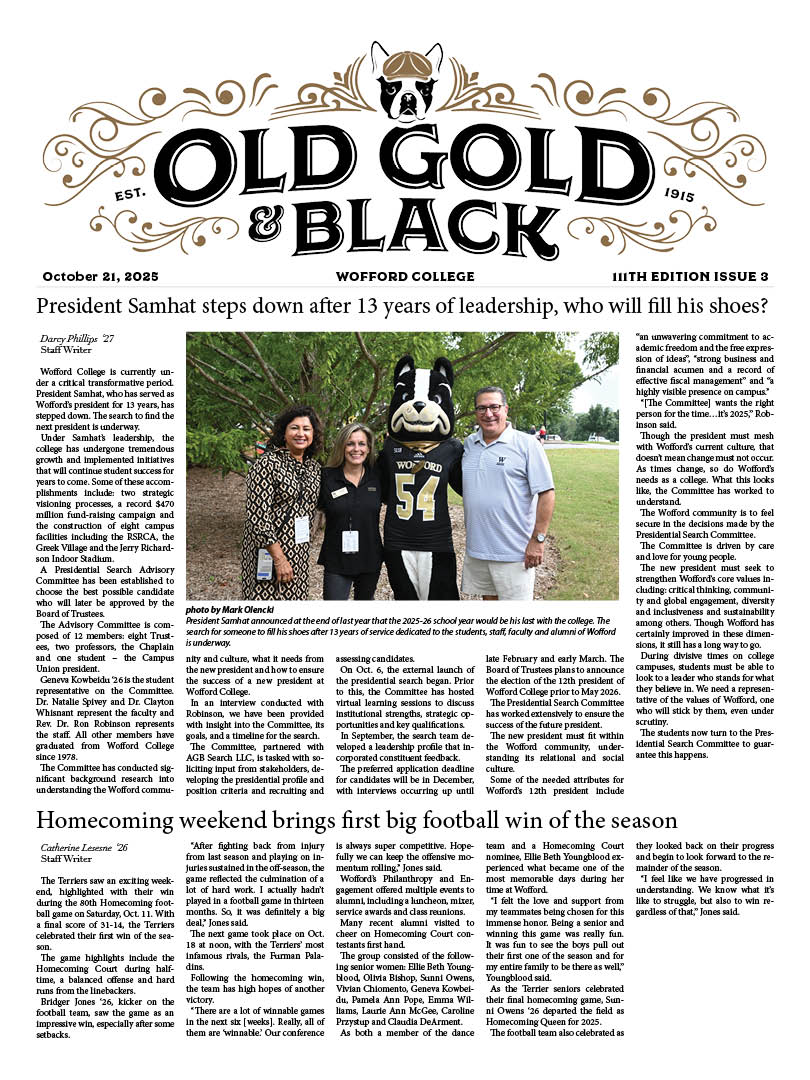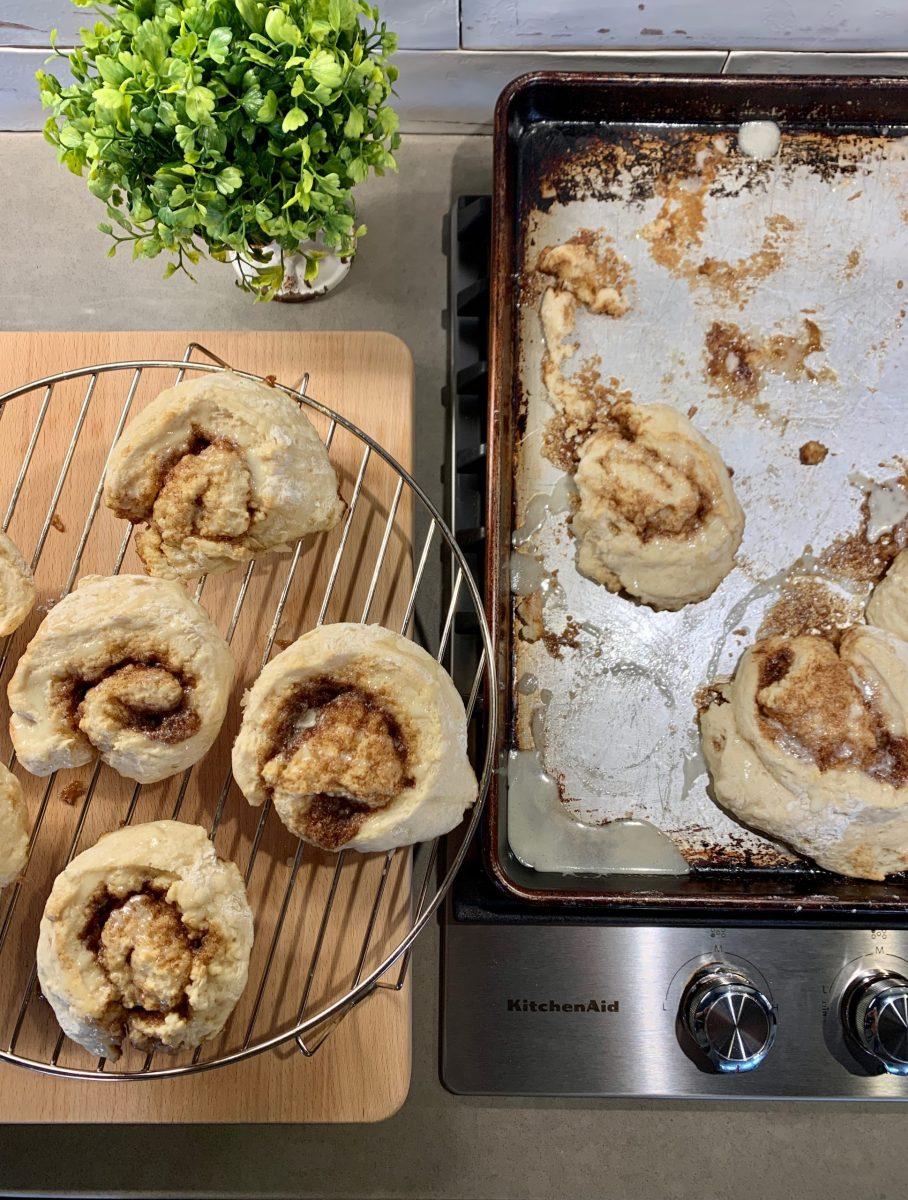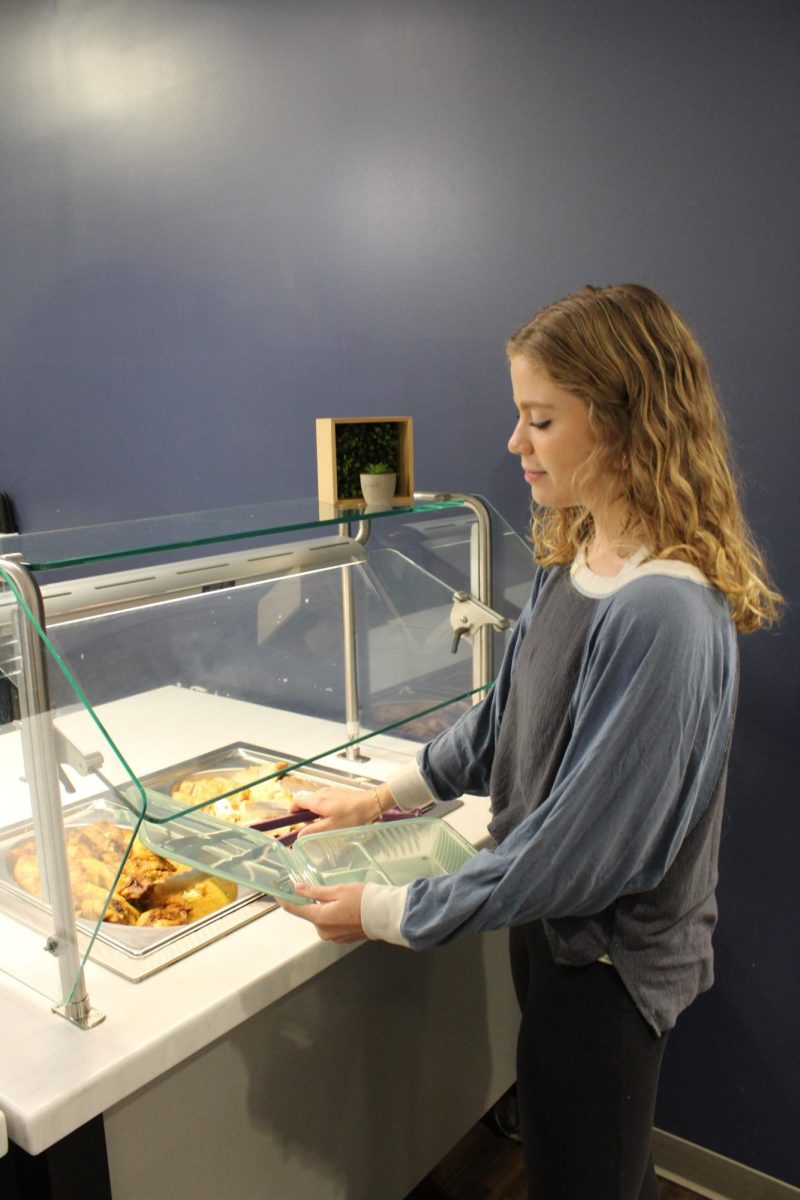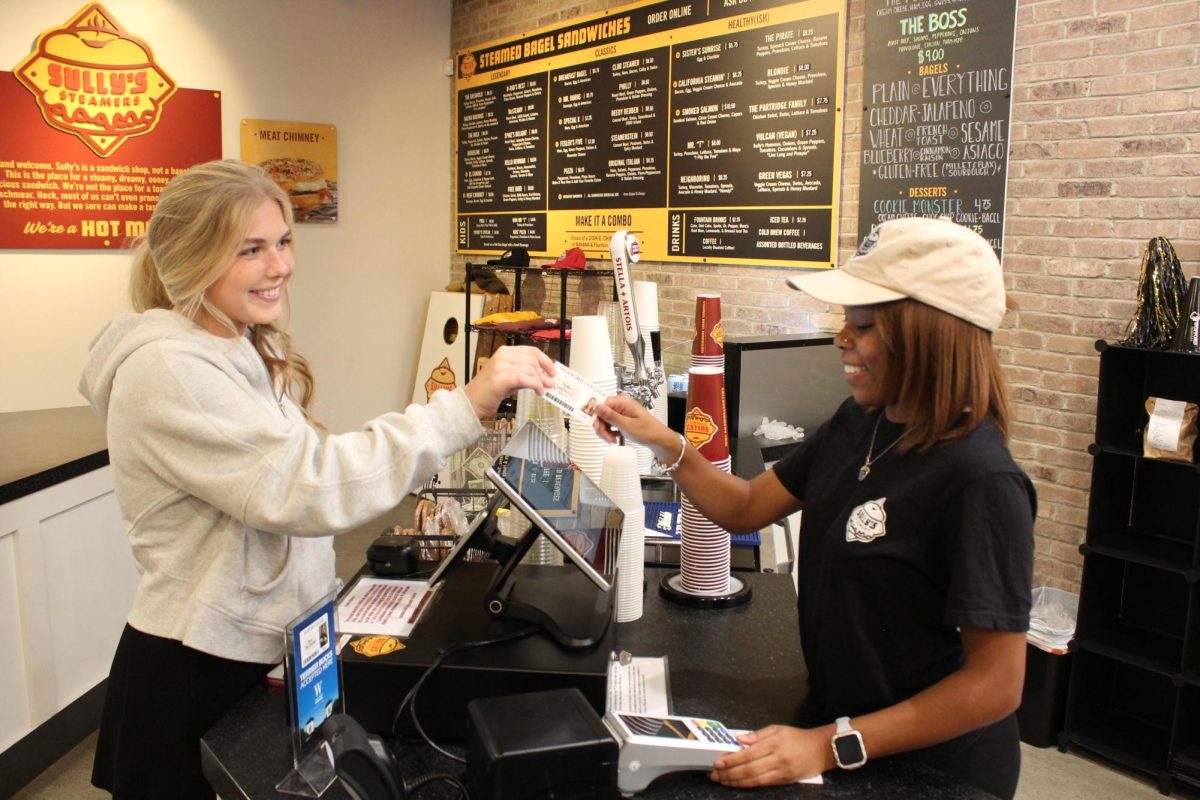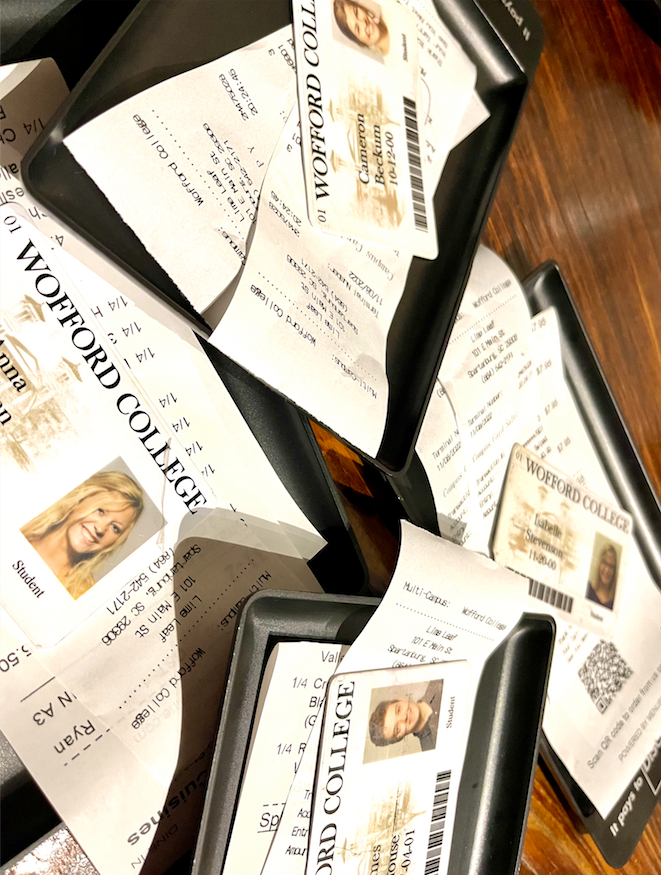Living through a pandemic is all about substitutions, in the kitchen and beyond
Things that you have undoubtedly seen on your social media feeds in the past month and a half include: that foamy coffee drink, a loaf of banana bread, the alleged ‘best chocolate chip cookie ever recipe.’
Things that you have undoubtedly thought when reading about how to make them: I don’t have that ingredient and I am not going to the grocery store for it. I too have experienced this desperation after realizing that a seemingly easy and delicious treat requires an ingredient that I do not have, but I have learned in the unprecedented time in which we are living that recipes cannot be followed, therefore they must serve as inspiration rather than instructions.
It was early on a Sunday morning, 11 a.m., and two weeks into quarantine when I woke up craving homemade cinnamon rolls. I quickly employed the help of Bon Appetit’s recipe for “Cinnamon Rolls with Cream Cheese Glaze,” only to discover that I did not have yeast, cream cheese or unbleached flour. My substitution gears started turning and trying to develop a plan as to how I was going to satisfy my need for the perfect balance of fluff and crunch, and sweet and sour, if I did not have the ingredients for the dough. I then realized that what I did have in my pantry were the ingredients for the easiest, yet most delicious, southern staple of all time, buttermilk biscuits.
Without hesitation I decided to experiment, substituting the yeast dough with biscuit dough and seeing what happened. I’ll tell you what happened, a delicious and simple twist on one of my most beloved pastries. After I had eaten five of these and cleaned my kitchen, I realized that these substitutions I had to make in the recipe translated into other facets of my life as well. Really, we can all resonate with these types of substitutions right now. We are substituting the way we learn, the way we nurture friendships and the way that we entertain ourselves.
While the future is uncertain, and we are unsure about the timing of our return to normality, it is important to acknowledge each of our capacities to adapt in the kitchen and beyond. So, if you are missing Burwell’s biscuits, cinnamon rolls or both, roll up your sleeves, Gordon Ramsey is nowhere in sight, and remember that a recipe is merely a suggestion, especially in a time like this.
Buttermilk Cinna-Biscuits
Biscuit Dough:
3½ cups flour (self-rising will give you more fluff and is best but all-purpose will work too)
2 teaspoons baking powder
3 teaspoons granulated sugar
¼ cup lard
¼ cup unsalted butter
1½ cups buttermilk
Filling:
3/4 cup brown sugar
3 tablespoons ground cinnamon (I made mine very cinnamon-y because I like cinnamon, so add to taste here)
1/4 cup chilled unsalted butter
- Measure out your butter and lard into measuring cups and pop them in the freezer, then heat your oven to 450 degrees.
- Whisk together your “Filling” ingredients in a bowl and pop that in the freezer too (things are much easier to manipulate when they are cold).
- Prepare a baking sheet so that it will not stick using butter, cooking spray or parchment paper.
- Mix your dry ingredients, (flour, baking powder and sugar) together with a sift, whisk or your hands (they’re about to get pretty messy anyways).
- With a teaspoon, scoop small pieces of the lard and butter from the freezer into the dry ingredients making sure that they are being coated with the dry mixture so that they do not stick to one another.
- Now that all of the butter and lard is evenly distributed throughout the dry mix, roll up your sleeves and with your fingers mash the shards of butter and lard into one another. The mixture should get sticky and start to hold together. Revisit your childhood, pretend it is play-dough, and for about 3-4 minutes mash it all together into a homogenous mix. You are not forming a dough ball; you are looking for crumbles.
- When the mixture is consistent throughout, add in your buttermilk and stir with a spoon. The goal here is not to thoroughly mix everything, just stir until the buttermilk is absorbed then pat the dough into a ball within the bowl.
- Place the dough ball on a floured surface (I use a large baking sheet) and with floured hands roll it out. Then, fold it like a towel over and over. Repeat this process 2-3 times to get air in the dough (this is where our layers will come from). Split your dough in half.
- With your hands, mash it into a rectangle that is about 1 cm thick and spread the filling evenly across the sheet of dough, not too thick. (If you have the 15-20 extra minutes, doing this on a pan and placing it in the freezer is not a bad idea, this will help keep everything firm when you roll up the dough).
- Starting at one of the longest sides, roll up the dough like a scroll as tight as possible without the filling oozing out and then cut the formed log into disks 1 inch thick. Place the disks on the prepared baking sheet and repeat this step with the other half of the dough. (Biscuit dough is much less supportive than doughs with yeast, so they’re going to be a bit mushy, but don’t freak out– the beauty is in the imperfection and the freezer is your friend).
- Baking time depends on what you are looking for and your oven. At a minimum, bake for 13-14 minutes. If you want them more browned, up to 18 should be fine.
I like mine without glaze, I know, weird. But, if you can’t live without it, find about a half-cup of butter, sour cream or cream cheese as a base. Work in powdered sugar by the tablespoon into one of these bases until the mixture thickens and tastes sweet, and a few drops of vanilla extract to taste as well. Don’t have powdered sugar? Throw your regular sugar into a food processor and beat it until it is, well, powdered.

